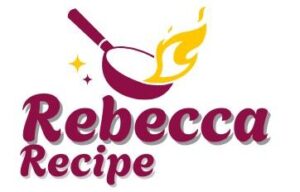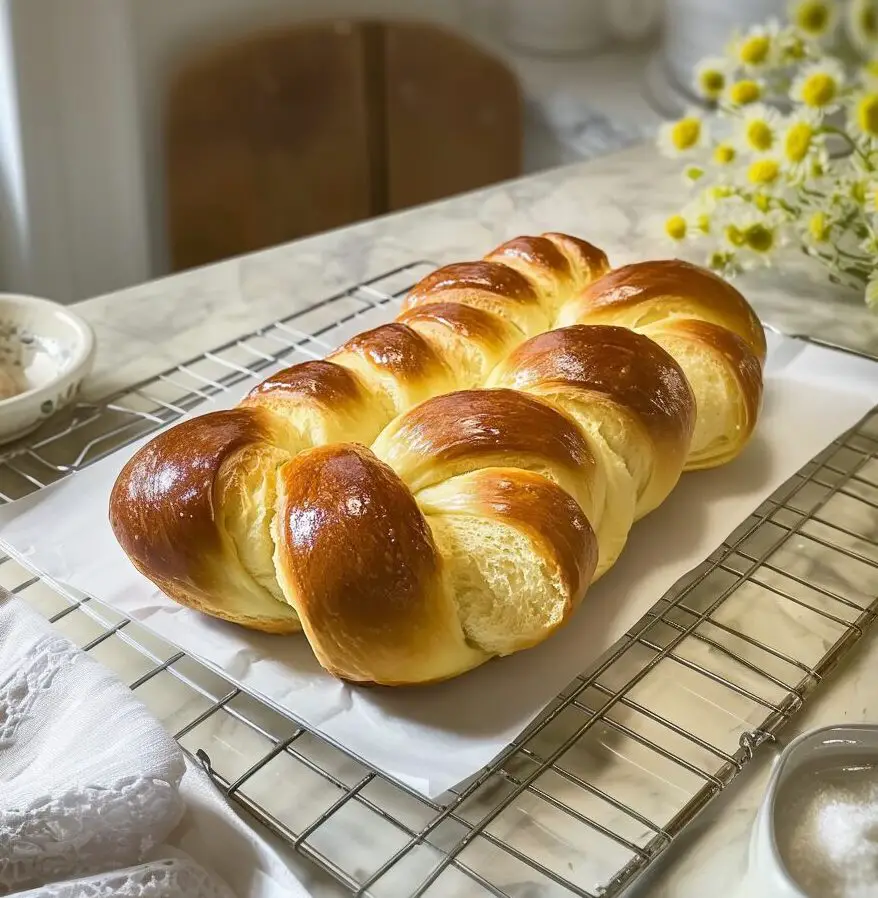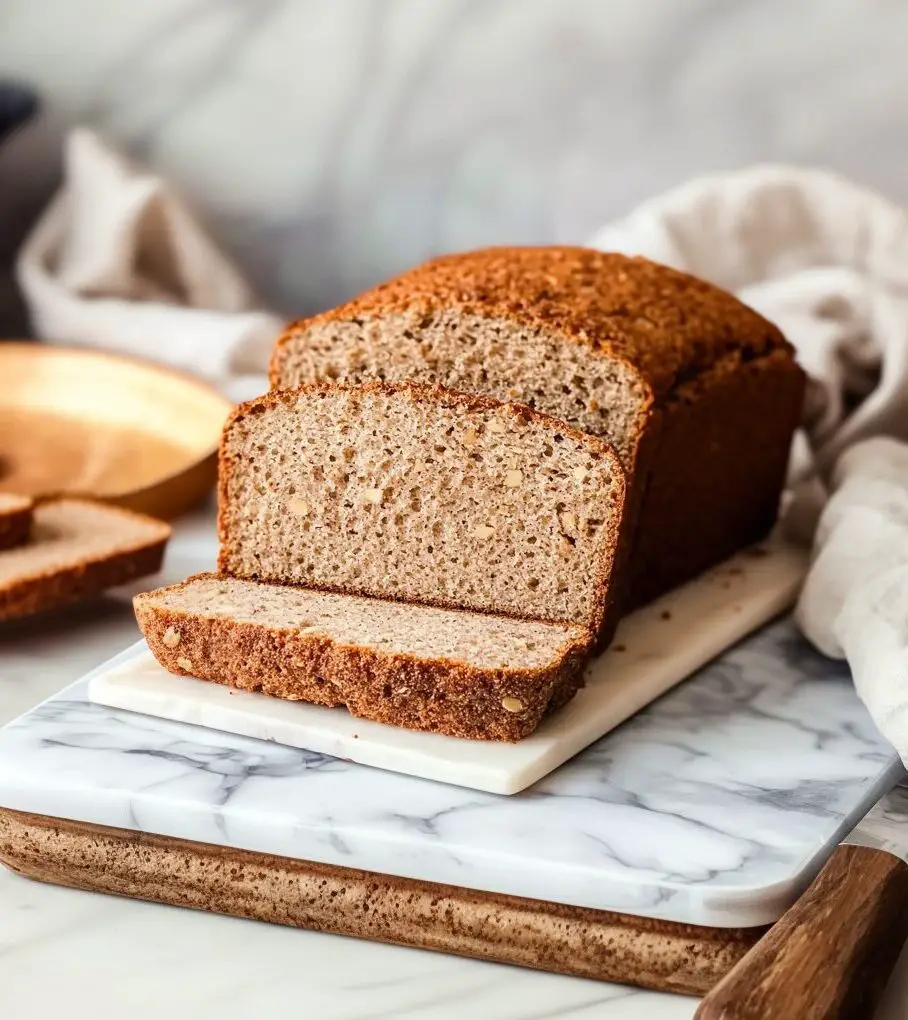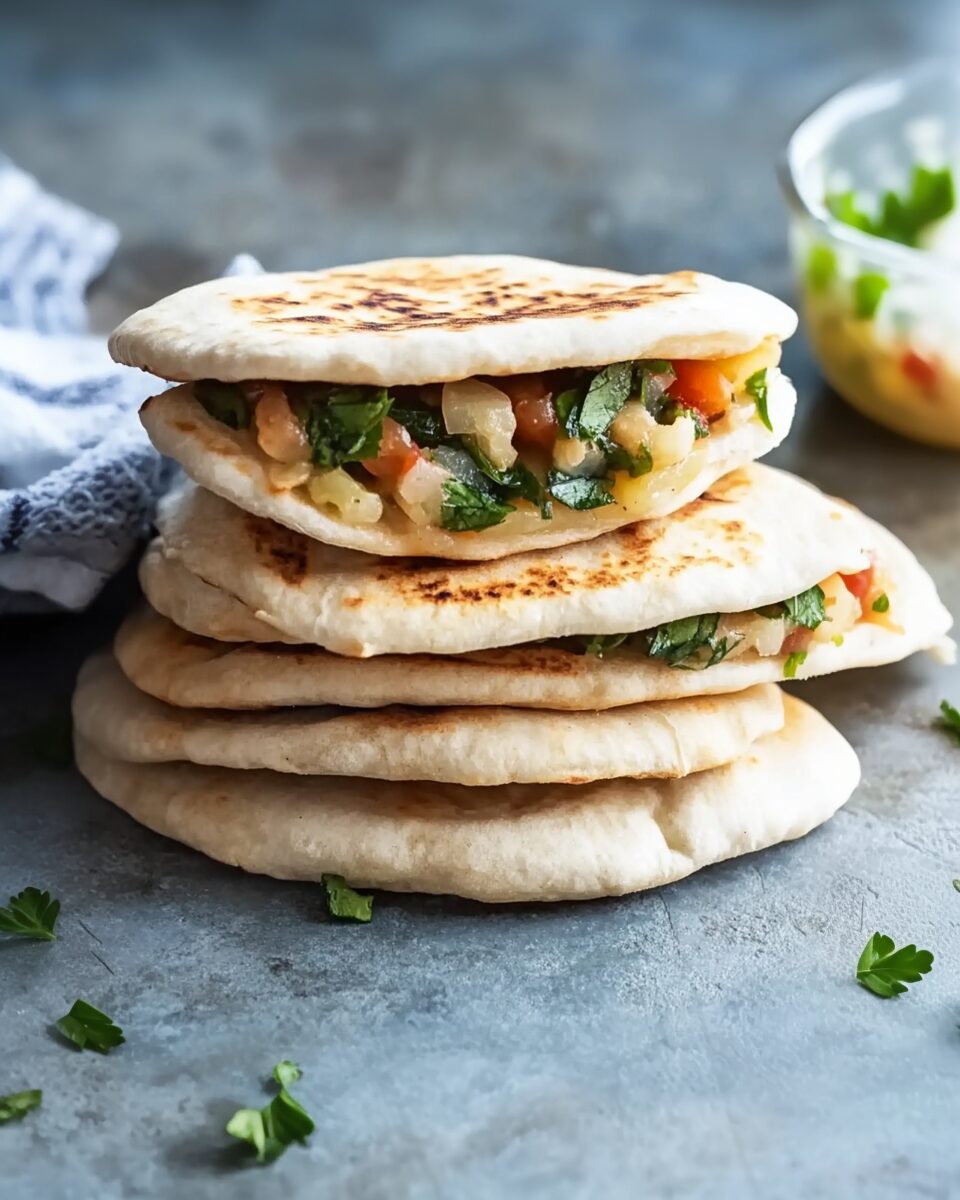Challah is a traditional Jewish braided bread known for its rich, slightly sweet flavor and soft, fluffy texture. Often enjoyed during Shabbat and festive occasions, this bread is made with eggs, which give it a beautiful golden hue and tender crumb. The braiding of the dough not only adds to its visual appeal but also symbolizes unity and continuity in Jewish culture.
Full Recipe:
Ingredients
- 1 cup lukewarm water
- 2 1/4 teaspoons active dry yeast (1 packet)
- 1/4 cup granulated sugar
- 4 1/2 cups all-purpose flour
- 1 tablespoon kosher salt
- 2 large eggs
- 1 large egg yolk
- 1/4 cup neutral-flavored vegetable oil (e.g., canola)
- Cooking spray
For the egg wash:
- 1 large egg white, at room temperature
- 2 tablespoons water
Directions
- In a small bowl, combine the lukewarm water and yeast. Let it sit until foamy, about 5 minutes.
- In the bowl of a stand mixer fitted with the hook attachment, whisk together the flour, sugar, and salt.
- In a separate bowl, whisk together the eggs, egg yolk, and oil.
- Add the yeast mixture and the egg mixture to the flour mixture. Mix on low speed until the dough comes together. Increase the speed to medium-low and knead until the dough is smooth and elastic, about 8–10 minutes.
- Lightly coat a large bowl with cooking spray. Transfer the dough to the bowl, cover with plastic wrap, and let it rise in a warm place until nearly doubled in size, about 1 1/2 hours.
- Punch down the dough and divide it into 3 equal pieces. Roll each piece into a 16-inch-long rope.
- Place the ropes side by side and pinch them together at one end. Braid the ropes, then pinch the other end to seal.
- Transfer the braided loaf to a parchment-lined baking sheet. Cover loosely with plastic wrap and let it rise until puffed and about doubled in size, about 1 hour.
- Preheat the oven to 350°F (175°C). In a small bowl, whisk together the egg white and water for the egg wash. Brush the loaf with the egg wash.
- Bake until the bread is golden brown and sounds hollow when tapped on the bottom, about 25–30 minutes. Let it cool on a wire rack before slicing.
Nutrients
Per serving (1 slice, based on 12 slices per loaf):
- Calories: 120 kcal
- Carbohydrates: 20 g
- Protein: 3 g
- Fat: 3 g
- Saturated Fat: 0.5 g
- Cholesterol: 25 mg
- Sodium: 150 mg
- Fiber: 1 g
- Sugar: 2 g
The Significance of Challah in Jewish Tradition
Challah bread has deep roots in Jewish tradition. Its significance goes beyond being a tasty addition to the table. The bread is a symbol of abundance and blessing. The act of baking challah often includes reciting prayers and blessings, making it a spiritual practice. The word “challah” comes from the Hebrew word for a portion of dough that is separated and set aside before baking, in accordance with the Torah’s commandment to offer a portion of dough to the priests. This act symbolizes gratitude and respect for God’s provisions.
During Shabbat, which is the Jewish Sabbath, challah takes center stage on the dinner table. It is typically served as a part of the blessing over the bread, followed by the traditional Shabbat meal. The bread’s round shape, particularly during the Jewish New Year (Rosh Hashanah), symbolizes the cyclical nature of life and the continuity of the year.
Challah is also a bread of unity. The braiding process, which involves intertwining strands of dough, represents the coming together of family and friends. The shared experience of baking, breaking bread together, and partaking in this long-standing tradition fosters a sense of community and belonging.
The Rich History and Origins of Challah Bread
The history of challah bread can be traced back thousands of years. Its origins lie in the biblical era, where bread-making was an essential part of daily life. However, the exact origins of challah itself are not entirely clear. Some sources suggest that it was inspired by the ancient Jewish custom of separating a portion of dough, a practice that goes back to the time of the Temple in Jerusalem.
The Art of Braiding Challah
One of the defining characteristics of challah bread is its braided shape. Braiding is an ancient technique that has practical and symbolic meaning. The braiding process is both a labor of love and a creative practice. Traditionally, challah is braided into a three-strand or six-strand loaf, with the strands representing different aspects of life—such as the past, present, and future, or the connection between God and the people.
The Ingredients and Their Significance
While challah bread’s ingredients are relatively simple, they each play a role in the bread’s rich flavor and texture. Eggs, for instance, are used to give the bread its beautiful golden color and a soft, rich crumb. The sweet flavor of challah comes from the combination of sugar or honey, while the oil adds to the bread’s tenderness. Flour and water are the essential building blocks that allow the dough to come together and form a cohesive loaf.
In addition to these ingredients, the process of separating a portion of dough, called “taking challah,” has spiritual significance. This portion is set aside as an offering, which is considered an act of holiness and gratitude. While this practice is not always followed today, especially in non-Jewish households, it remains a key part of the tradition in many homes.
The Benefits of Baking Challah at Home
Baking challah at home offers numerous benefits. First and foremost, it allows for complete control over the ingredients. Homemade challah is free from preservatives and artificial additives, which are commonly found in store-bought versions. Additionally, the ability to adjust the sweetness, texture, and flavor of the bread to suit personal preferences is one of the biggest advantages of making challah from scratch.
Another benefit of baking challah at home is the aroma that fills the house as the bread bakes. The smell of freshly baked bread is universally comforting and inviting, creating an atmosphere of warmth and togetherness. Baking challah also provides an opportunity to teach and pass down the tradition to younger generations, making it a perfect activity for families to engage in together.
Challah Variations Around the World
While the basic recipe for challah is consistent, different regions and cultures have developed their own variations over the years. In many Sephardic Jewish communities, challah is baked with a sweet touch, often incorporating ingredients like raisins, sesame seeds, or orange zest. These variations reflect local culinary influences and the adaptability of the bread.
Serving and Enjoying Challah
Challah bread is incredibly versatile when it comes to serving. Traditionally, it is eaten on Shabbat with a blessing over the bread, but it can also be enjoyed in many other ways. It makes for a perfect breakfast bread, especially when served with butter, jam, or honey. The bread’s slight sweetness pairs beautifully with both savory and sweet spreads.
Conclusion
Challah bread is not only a delicious and versatile bread but also a rich cultural tradition that connects generations. Its deep history, symbolic meaning, and unique braiding process make it a bread with more than just flavor—it’s a bread that embodies community, faith, and continuity. Whether you’re baking it for a special occasion or simply to enjoy with a meal, challah offers a taste of tradition and warmth that transcends time and place.








